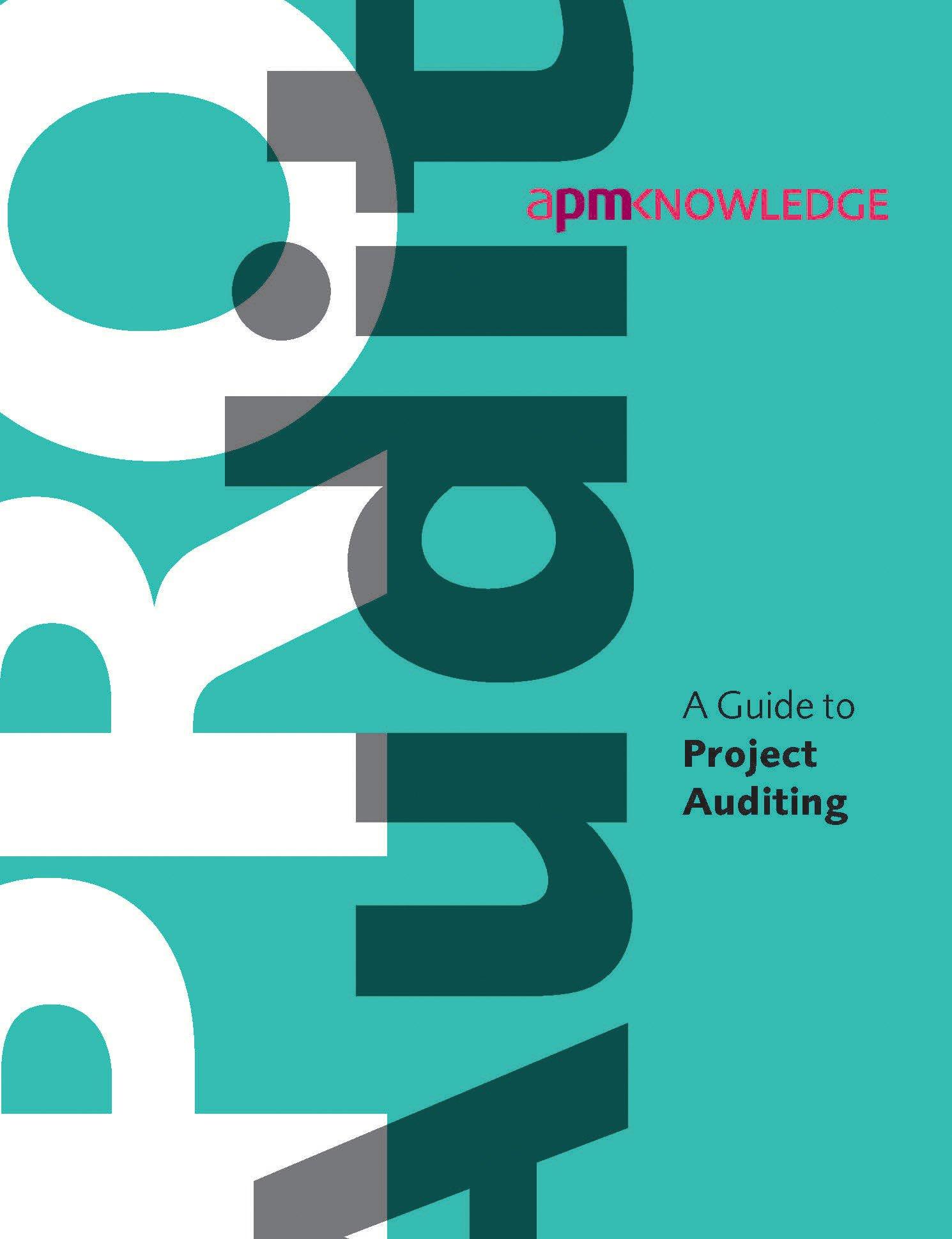Question
Juniper Bush Farm has a December 31 fiscal year end. The company has six notes payable outstanding on December 31, 2014, as follows: 1. A
Juniper Bush Farm has a December 31 fiscal year end. The company has six notes payable outstanding on December 31, 2014, as follows: 1. A nine-month, 5%, $25,000 note payable issued on July 1, 2014. Interest is payable monthly on the first day of each month starting on August 1. 2. A six-month, 4%, $10,000 note payable issued on September 1, 2014. Interest and principal are payable at maturity. 3. A seven-month, 4.5%, $40,000 note payable issued on November 1, 2014. Interest and principal are payable at maturity. 4. A five-year, 3.75%, $80,000 note payable issued on May 31, 2014. Juniper Bush Farm is required to pay $16,000 plus interest on May 31 each year starting in 2015. 5. A three-year, 4.25%, $126,000 note payable issued on October 1, 2014. Juniper Bush Farm is required to pay $3,500 plus interest on the first day of each month starting on November 1, 2014. All payments are up to date. 6. A four-year, 5%, $50,000 note payable issued on March 31, 2013. Juniper Bush Farm is required to pay $12,500 every March 31 starting in 2014. Interest is payable monthly at the end of the month, starting on April 30, 2013.
Instructions
(a) Calculate the current portion of each note payable.
(b) Calculate the non-current portion of each note payable.
(c) Calculate any interest payable at December 31, 2014. TAKING IT FURTHER What are the costs and benefits to the maker and the payee of the note of using a note payable in place of an account payable?
Step by Step Solution
There are 3 Steps involved in it
Step: 1

Get Instant Access to Expert-Tailored Solutions
See step-by-step solutions with expert insights and AI powered tools for academic success
Step: 2

Step: 3

Ace Your Homework with AI
Get the answers you need in no time with our AI-driven, step-by-step assistance
Get Started


